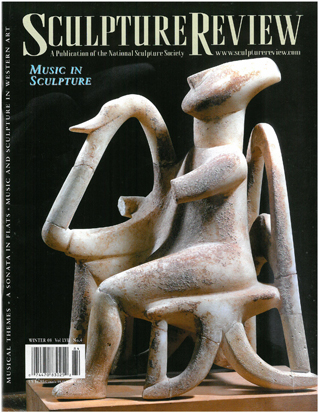
Music in Sculpture
Features
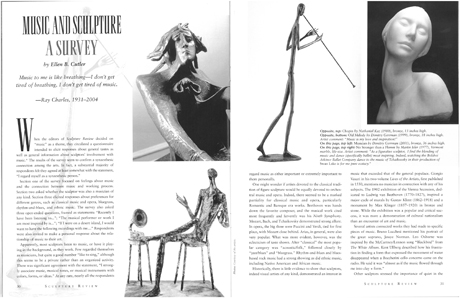
When the editors of Sculpture Review decided on “music” as a theme, they circulated a questionnaire intended to elicit responses about general tastes as well as general information about sculptors’ involvement with music. The results of the survey seem to confirm a synaesthesic connection among the arts. In fact, a substantial majority of respondents felt they agreed at least somewhat with the statement, “I regard myself as a synaesthesic person.”
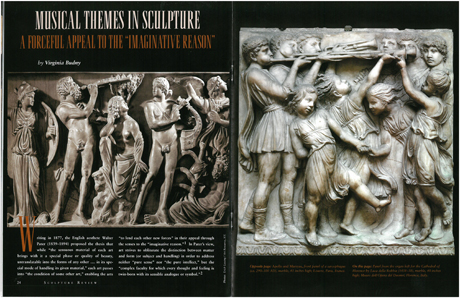
On the face of it, the arts of sculpture and music could not be farther apart. Sculpture is concrete and tangible, occupying a specific space, visible either in relief against a solid background or more or less in the round. Music, like all sounds, is transitory, merging with other sounds of its own or a different kind, eventually being absorbed back into silence. Of all the arts, though, music is one that plays a vital part in every human society, …
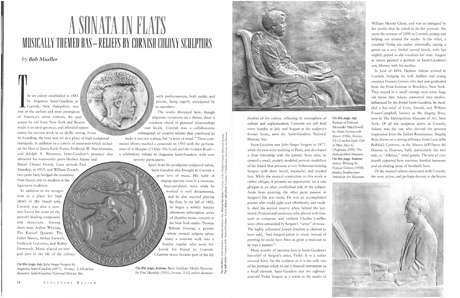
The art colony established in 1885 by Augustus Saint-Gaudens at Cornish, New Hampshire, was one of the earliest and most prestigious of America’s artist retreats.
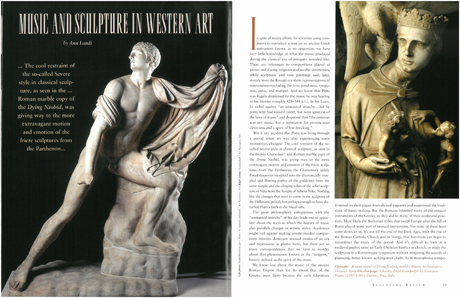
In spite of recent efforts by scientists using computers to reproduce a tune on an ancient Greek instrument known as an epigonian, we have very little knowledge of what the music produced during the classical era of antiquity sounded like.
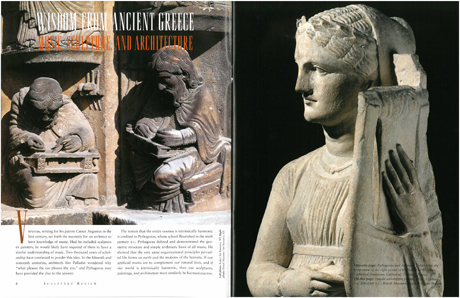
Vitruvius, writing for his patron Caesar Augustus in the first century, set forth the necessity for an architect to have knowledge of music. Had he included sculptors or painters, he would likely have required of them to have a similar understanding of music.
